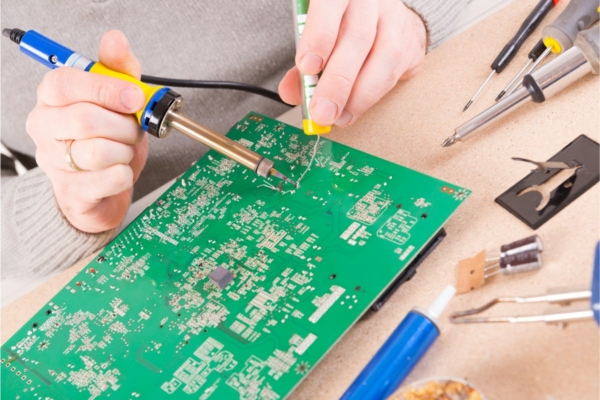What is Crosstalk
Crosstalk refers to the unwanted interference or coupling between traces on a printed circuit board. It occurs when the signals from one trace override or interfere with the signals of another trace, even if they are not physically in contact with each other. This interference is typically caused by incorrect spacing between parallel traces.
Crosstalk can occur between parallel traces on the same layer of a PCB or between adjacent traces on different layers. It can be capacitive, where the electric fields of the signals interact, or inductive, where the magnetic fields of the signals interact. The transfer of current from a stronger trace to a weaker trace is caused by mutual inductance, and the mutual capacitance between the traces creates a capacitor, affecting the signal integrity of the circuit.
Factors that contribute to crosstalk include propagation velocity differences, increased data rates, stubbed PCB vias, and larger board sizes. Propagation velocity differences can lead to timing mismatches and result in crosstalk, but this can be mitigated by ensuring propagation delay and trace length matching. Increased data rates and higher rise times can also increase the likelihood of crosstalk, so it is important to consider these factors when designing PCBs. Stubbed PCB vias, if not properly designed or placed, can create reflections and ringing, leading to cross-talk. Additionally, larger board sizes often require longer traces, which can act as antennas and are more susceptible to crosstalk.
To control and prevent crosstalk, designers need to consider and mitigate these issues during the PCB design process. Techniques such as propagation delay and trace length matching, careful via design and placement, and optimization of trace lengths can help minimize the effects of cross-talk. By addressing cross-talk early on, designers can ensure proper signal integrity and reliable operation of the PCB.





